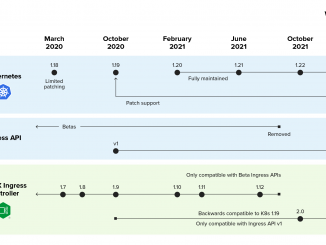
Do Svidaniya, Igor, and Thank You for NGINX
Do Svidaniya, Igor, and Thank You for NGINX In the spring of 2002, Igor Sysoev began developing NGINX. He watched the meteoric growth of the early Internet and envisioned a better way to handle web traffic, a novel architecture that would allow high‑traffic sites to better handle tens of thousands of concurrent connections and cache rich content such as photos or videos that was slowing down page loads. Fast forward 20 years, and the code that Igor created now powers the majority of websites running on the planet – both directly and as the software underlying popular servers like Cloudflare, OpenResty, and Tengine. In fact, one could easily argue that Igor’s vision is a key part of what makes the web what it is today. Igor’s spirit and values then shaped the company NGINX, Inc., fostering a commitment to code excellence and transparency powered by [ more… ]


